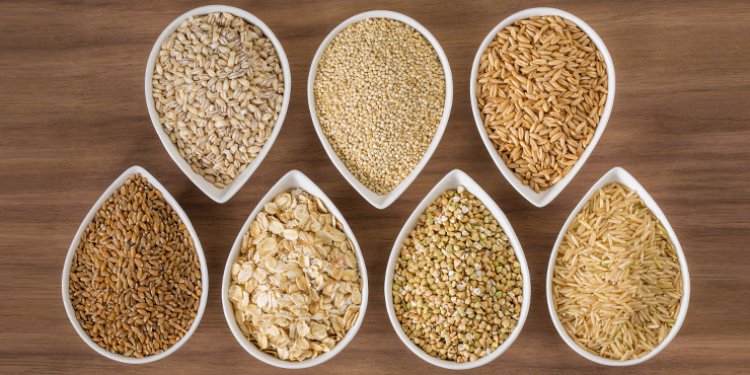BRICS Grain Exchange: A Potential Game-Changer for Global Trade Amidst Challenges
The five founding BRICS nations - Brazil, Russia, India, China, and South Africa - occupy a unique position in the global grain economy, ranking among the largest producers and consumers of staple grains like rice, wheat, maize, and barley. These countries not only serve as major exporters but also as significant importers.

The BRICS summit’s final declaration has announced plans to establish a new grain exchange, a proposal initially introduced by Russia and endorsed by the other BRICS members. If successful, this exchange could mark a pivotal shift in the global grain trade. Approximately six months ago, the Russian Union of Grain Exporters (RUSGRAIN Union) presented this idea to President Vladimir Putin.
The five founding BRICS nations - Brazil, Russia, India, China, and South Africa - occupy a unique position in the global grain economy, ranking among the largest producers and consumers of staple grains like rice, wheat, maize, and barley. These countries not only serve as major exporters but also as significant importers.
For instance, India and China together produce over half of the world’s rice, and both countries also top the list as the largest rice consumers. China is the world’s leading importer of corn, soybeans, wheat, barley, and sunflower seeds, while Russia stands as the top global exporter of wheat. Together, China, Russia, and India account for over 40% of the world’s wheat production. Meanwhile, Brazil and South Africa are prominent exporters of wheat, maize, and soybeans.
The BRICS nations are also major players in the international grain trade beyond their own alliance. China, for example, imports a significant share of its grains - such as wheat, maize, and soybeans - from countries like Australia, Argentina, the European Union, and the United States. Additionally, Brazil and Russia export grains to more than 100 countries. However, prices for their grain imports and exports are primarily set by exchanges in North America and Europe. Despite Russia’s status as a leading wheat exporter, it lacks an international grain exchange of its own. Since most transactions occur on Western exchanges, deals are settled in U.S. dollars, which has presented challenges for Russia due to sanctions imposed after its invasion of Ukraine. This has motivated Russia to propose the creation of a new BRICS grain exchange.
BRICS members aim to promote a more transparent and fair grain trade system, built upon their own standards and hedging mechanisms. The new exchange is expected to initially facilitate trade in each country’s currency, potentially laying the groundwork for a unified BRICS currency in the future. However, this exchange would likely face competition from well-established international platforms.
According to the international publication World Grain, this proposal could currently be considered ‘political hyperbole’ due to its lack of a clear theoretical and operational framework. For global grain traders to engage with this initiative, greater clarity is needed, especially regarding the specific challenges the new exchange aims to address.
The Russian Union of Grain Exporters first proposed the BRICS Grain Exchange in December 2023 and formally presented it to President Putin in March 2024. Russia officially raised the idea at the 14th BRICS Agriculture Ministers’ meeting held on June 28, 2024, in Moscow. The proposed objectives of the exchange include balancing supply and demand for agricultural products, securing current supply chains, enhancing food security within BRICS, stabilising grain prices, and mitigating market speculation.
Nonetheless, significant challenges remain. Each BRICS member, except Russia, already has its own grain exchange. India, for example, operates the Multi-Commodity Exchange; Brazil, the Mercantile and Futures Exchange; China, the Dalian Commodity Exchange; and South Africa, the futures exchange under the Johannesburg Stock Exchange. Technically and strategically, these exchanges are more advanced than Russia’s in agricultural derivatives trading.
The BRICS countries also frequently implement policies to manage domestic grain reserves and regulate prices. For instance, China’s market remains partially closed to Russian wheat and certain other imported grains. India frequently restricts the export of rice and wheat, while Russia imposes export duties on wheat, maize, and barley. Additionally, there is a lack of regulatory uniformity across BRICS nations concerning commodity exchanges and derivatives markets. Without coordination, implementing this new exchange could be highly complex. For the BRICS Grain Exchange to succeed, integration with both member economies and external markets will be crucial.



 Join the RuralVoice whatsapp group
Join the RuralVoice whatsapp group







































